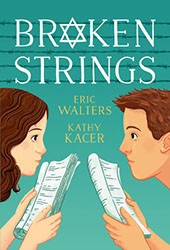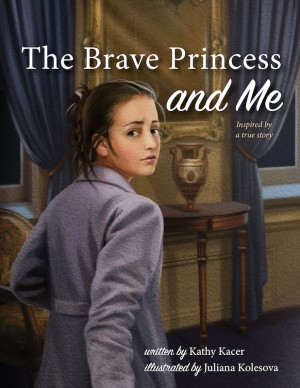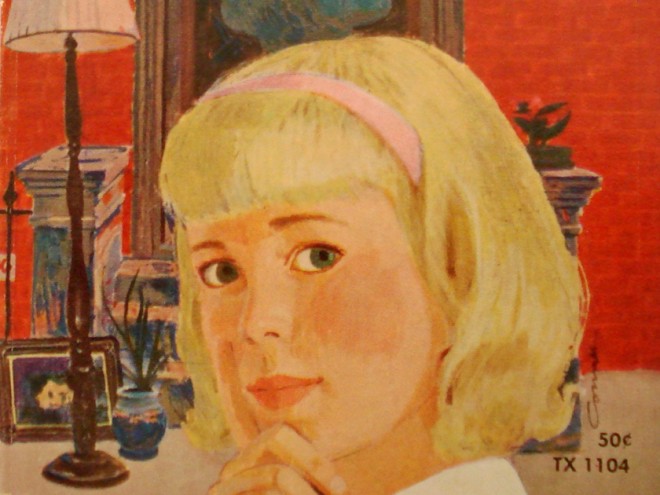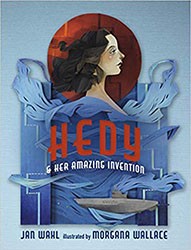The ritual of tashlich, in which Jews symbolically cast off the year’s sins by throwing pieces of bread into a body of water, has obvious appeal for children. In fact, the custom of observing this tradition, usually on Rosh Hashanah, has become much more widely known among Jews of different levels of religious observance. Once associated with more traditional communities, tashlich is now a popular Jewish expression of meaningful regret and the resolution to do better. Jackie and Jessie and Joni and Jae adds to the list of fine picture books interpreting this practice, including April Halprin Wayland and Stephane Jorisch’s New Year at the Pier: A Rosh Hashanah Story, and Tashlich at Turtle Rock, by Susan Schnur, Anna Schnur-Fishman, and Alex Steele-Morgan. In this newest book, Chris Barash and Christine Battuz have specifically tailored their guide to the level of understanding of young readers, using accessible rhymes and simple illustrations to convey the process through which bad feelings can be transformed into better actions.
From the first page, the story emphasizes the seasonal beauty of autumn as well as a feeling of togetherness, as the four friends walk together, each carrying a bag of bread labeled with his or her own name. Children, who feel reassured by their names on everything — from lunch bags to backpacks — will immediately relate to tashlich as a kind of group adventure.
In answer to the excited kids’ question, “Is this bread for the ducks/or a game that we’ll play?” Rabbi Miriam patiently explains what the ritual is all about. The same group of four friends sits on the rocks, appearing pensive and serious as they consider what they have done wrong. Adults may smile at the recognition that making fun of your friend when he spills grape juice on his shirt, or deliberately “squishing his clay” are sins, yet the ability to understand that these choices were hurtful is crucial to children’s emotional and moral development. Every page of the book is calibrated to connect with children as they learn what it means to be sorry.
The story’s poetry and pictures are simple, but not simplistic. There are lovely metaphors, such as one which describes the sin-bearing crumbs as they “started to fly, did a charming ballet, slipped down to the river and drifted away.” A two-page spread without people, shows flowing green water, grey rocks, and bits of bread dancing together. Images of parents, grandparents, and other children make it clear that tashlich is multigenerational. At the book’s conclusion, the same four children are holding hands, this time walking away from the reader. Children will understand this image as a satisfying conclusion. What began as a promising unknown, “something called tashlich they needed to do,” has ended as an unforgettable moment of closeness within a newly relevant Jewish custom.
Emily Schneider writes about literature, feminism, and culture for Tablet, The Forward, The Horn Book, and other publications, and writes about children’s books on her blog. She has a Ph.D. in Romance Languages and Literatures.





